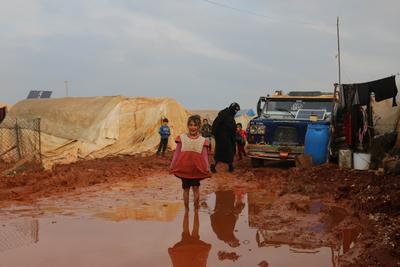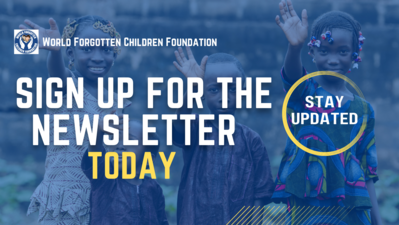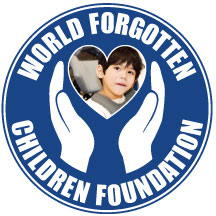
Retinoblastoma is a type of eye cancer that affects young children, usually under the age of 5. Retinoblastoma can affect one or both eyes, and it is usually diagnosed before a child is 1 year old. However, if it only affects one eye, then it can take up to ages two or three to diagnose it. Although the condition is usually easily treated successfully, with more than 9 of 10 children with the condition being cured, low-income countries struggle with treating this form of cancer (National Health Service, 2022).
A recent study published in The Lancet Global Health found that children with retinoblastoma in a low-income country are at a 16 times higher risk of dying from the condition during the three years after their diagnosis when compared to those living in high-income countries. Although the cancer is generally considered rare, it is the most common and destructive form of eye cancer that affects children all over the world. While retinoblastoma is devastating low-income countries, the risk has dropped significantly over the last few decades in high-income countries. This is the result of a good system of diagnosis and treatment that has led to remarkable results by having specialized care for children suffering from this condition (LSHTM, 2022).

The study was the largest and most comprehensive study pertaining to retinoblastoma, looking at 4,064 children from across 149 countries that are high, upper-middle, lower-middle, and low-income. The research team looked at the survival rate during the three years after diagnosis and found that over two-fifths (40%) of children in low-income countries died within that time period, compared with less than one in 100 (1%) of children in high-income countries (LSHTM, 2022).
“This is a shocking result- highlighting the inequalities between high- and low-income countries for this disease,” said Professor Mathew Burton, Director of the International Centre of Eye Health at the London School of Hygiene and Tropical Medicine (LSHTM). “We cannot accept children having such a high risk of death in low-income settings from a disease that elsewhere is viewed as curable. We need to ensure that the reasons for this disparity are ascertained and policies enacted that close this survival gap” (2022).
One might think that the main reason that there is such a huge disparity in health outcomes is due to lack of availability of treatments for retinoblastoma in low-income countries, but the study shows that the main treatments for the cancer are available in all countries. The disparity, then, may be due to a number of different reasons, such as low-income countries having less or no specialized centers that pertain to the treatment of retinoblastoma or other eye cancers. These centers would usually have specialized chemotherapy techniques and MRI technology. Some have suggested that this disparity is also due to a general lack of awareness among both the public and health care workers. Issues of accessibility, such as travel and cost, are clearly factors that are likely to play a part in the disparity that results in worse health outcomes, resulting in a higher risk of death (LSHTM, 2022).

“We have always known there was a difference in outcomes between higher and lower income countries, but the differences we’re seeing in this study, the largest of its kind, are very worrying for children affected by retinoblastoma,” said Dr. Ido Didi Fabian, the lead author and Principal Investigator of the Global Retinoblastoma Study Group at LSHTM. “Better awareness of the early signs, improving access to timely diagnosis, and implementing existing guidelines aimed at children in low- and middle- income countries, are critical to improving retinoblastoma outcomes worldwide” (2022).
The study notes that while the majority of existing literature comes from high-income countries, such as North America, Europe and Oceania, even though cases in those regions represent less than 10% of the global cases. That is why the authors recommend the funding of further research in low-income countries to assess the specific global disparities and improve the health outcomes, saving the lives of many in the process (LSHTM, 2022).
References:
LSHTM. (2022). Children in low-income countries 16 times more likely to die from most common eye cancer. London School of Hygiene & Tropical Medicine. https://www.lshtm.ac.uk/newsevents/news/2022/children-low-income-countries-16-times-more-likely-die-most-common-eye-cancer
National Health Service. (2022). NHS.https://www.nhs.uk/conditions/retinoblastoma/
|



